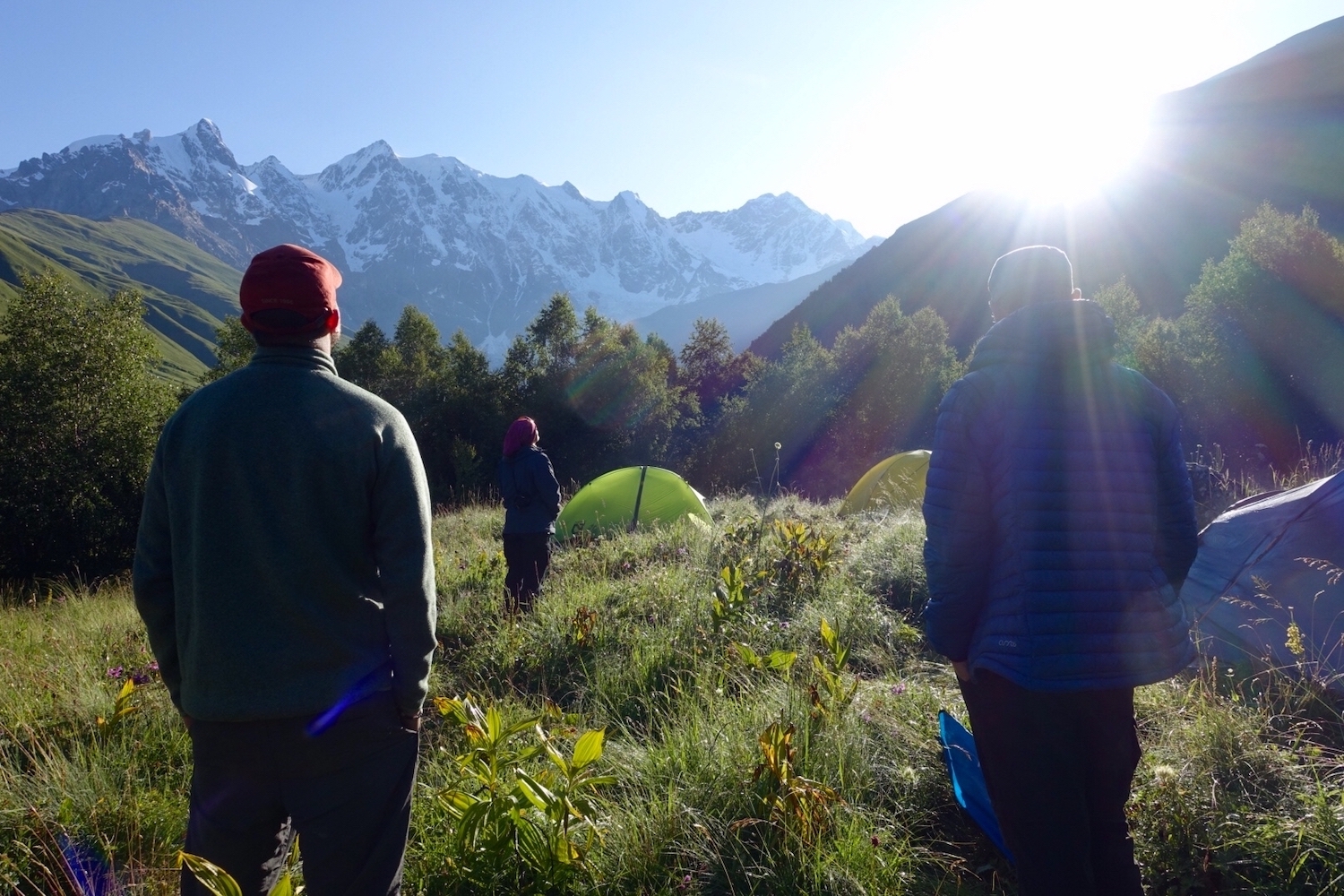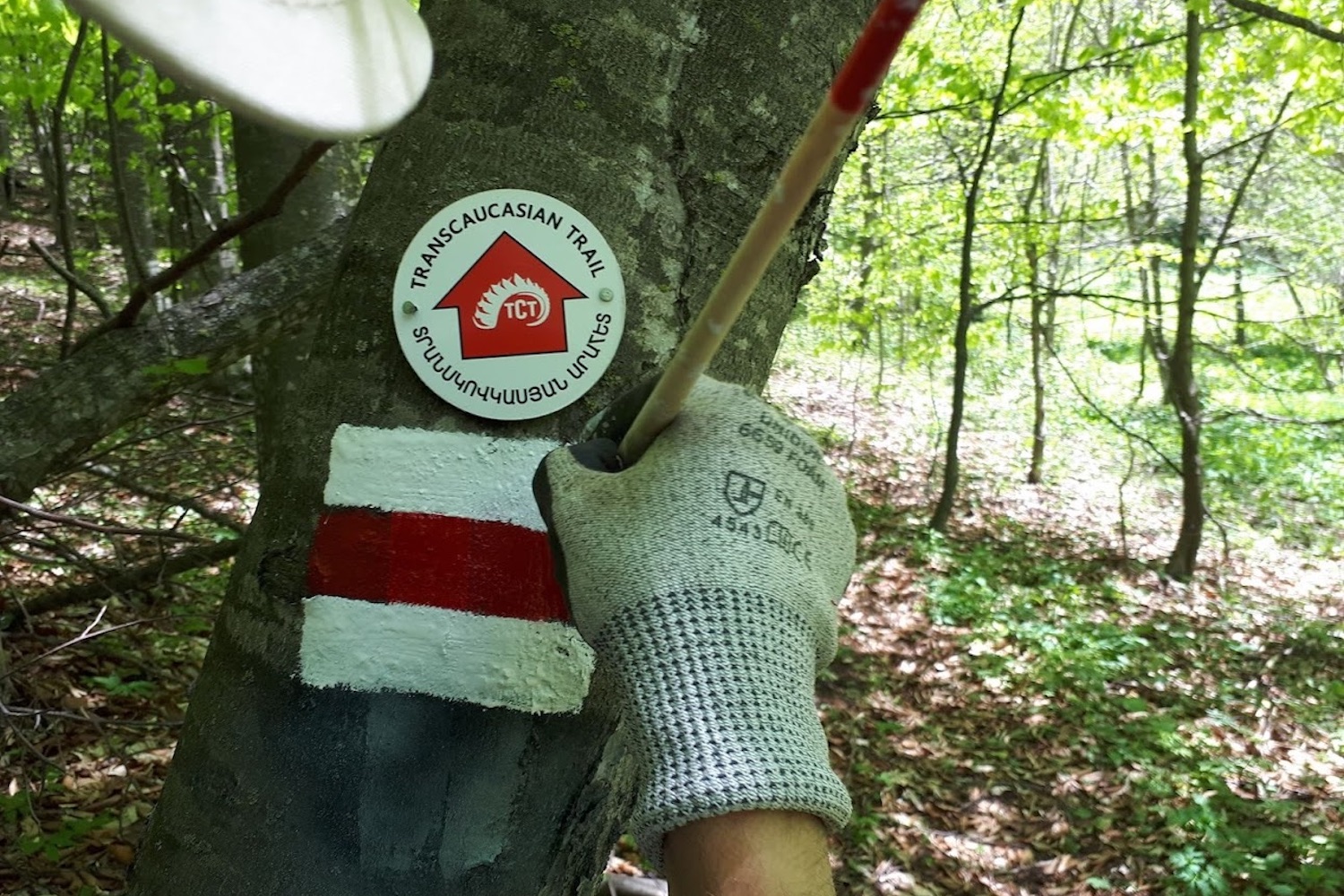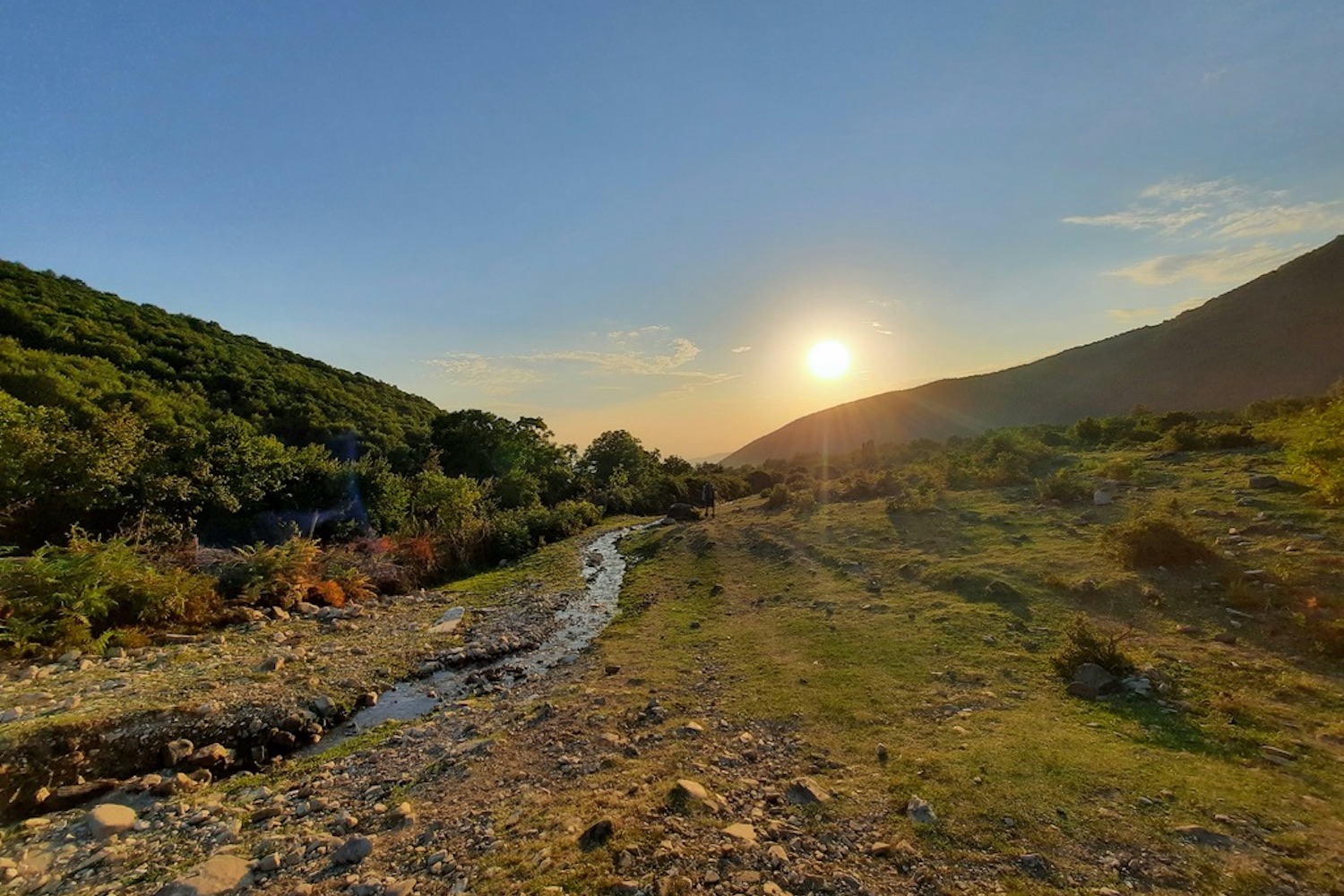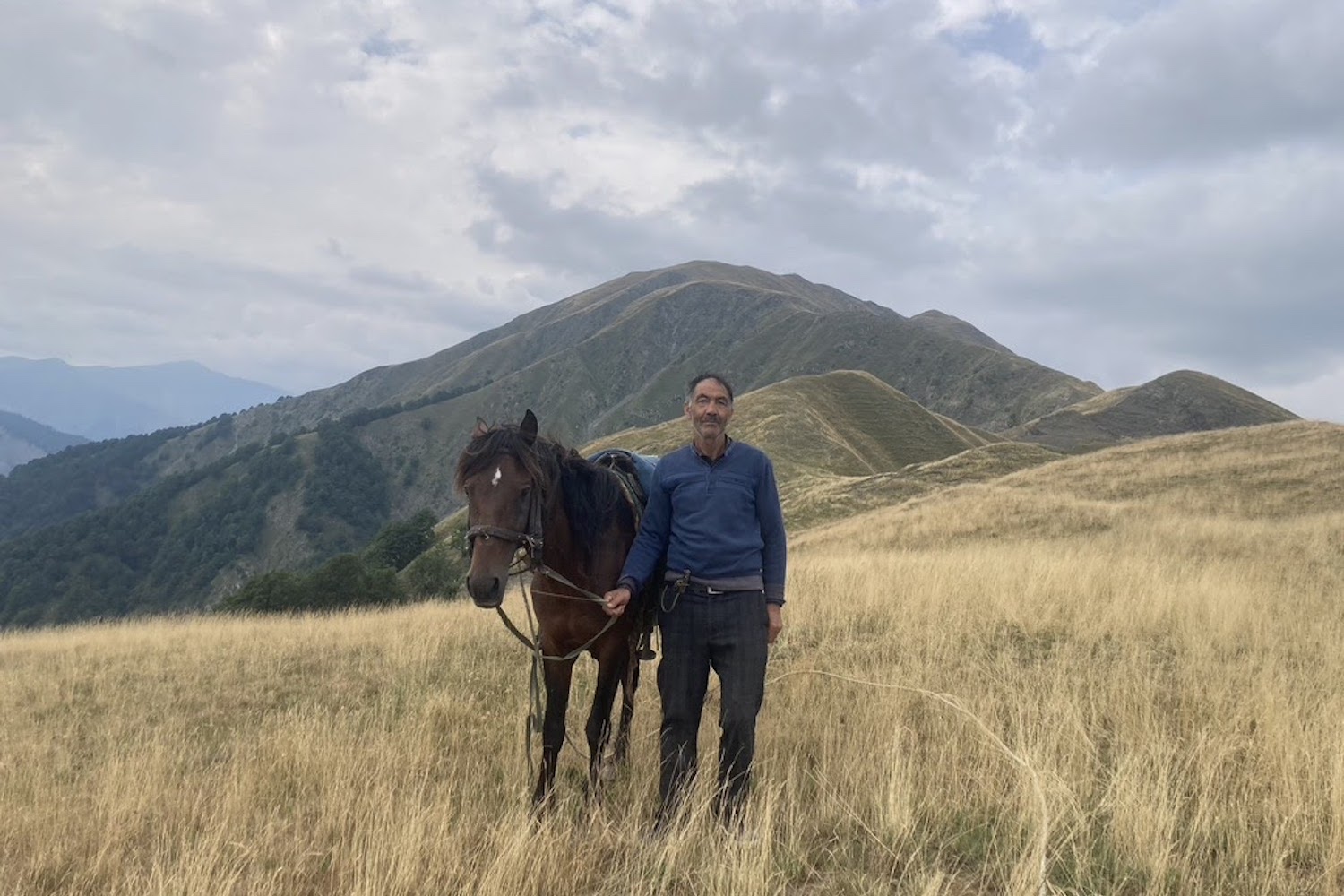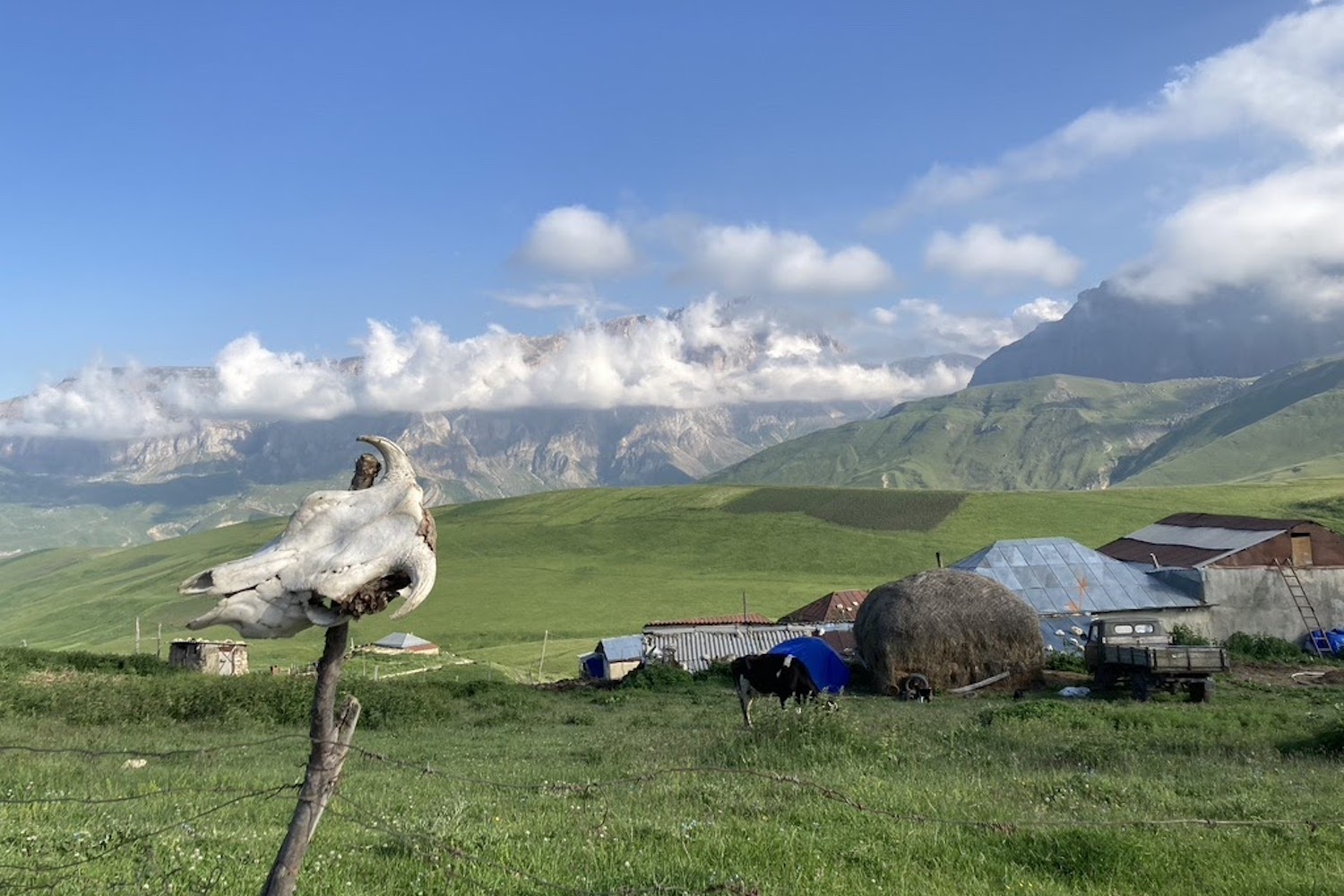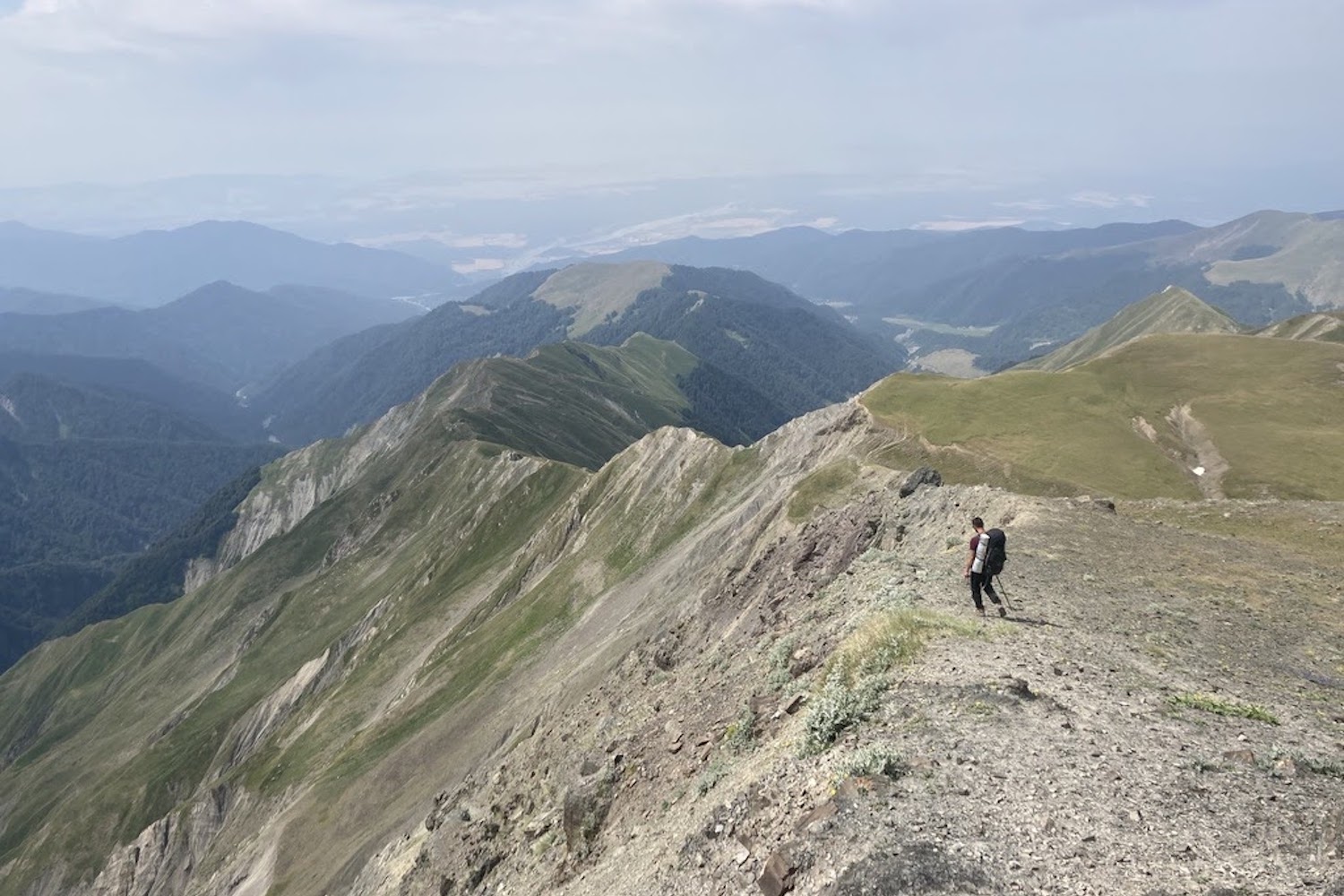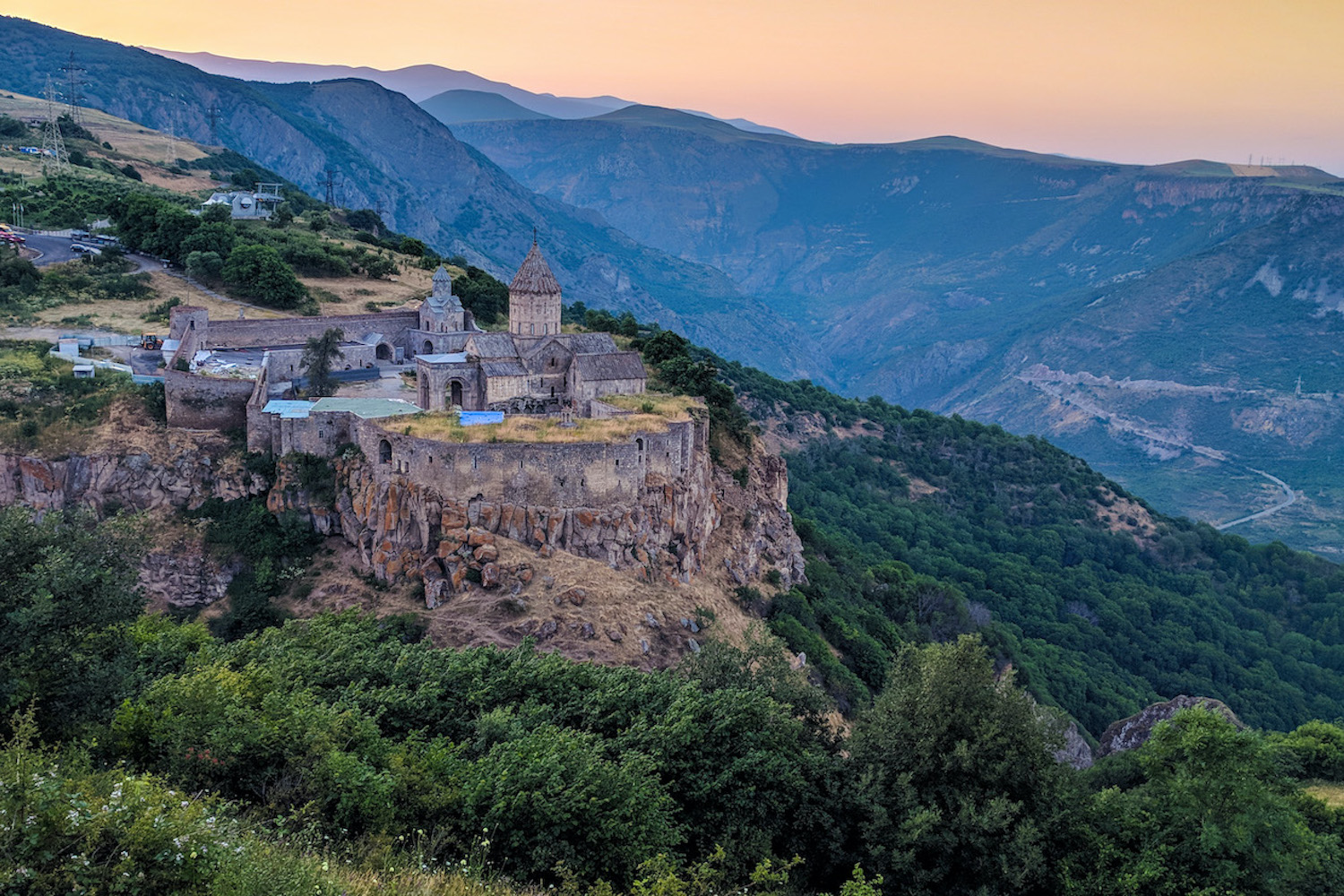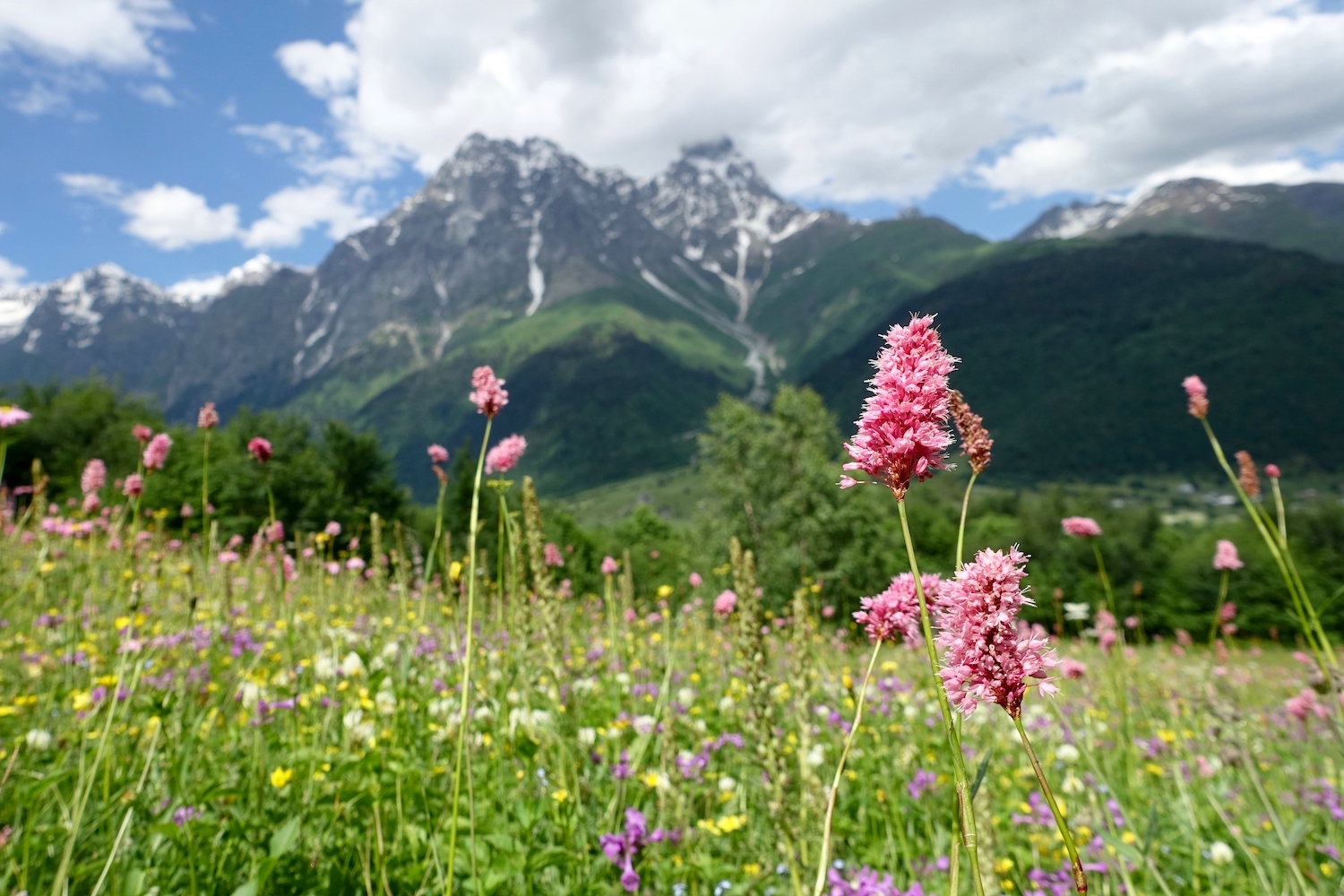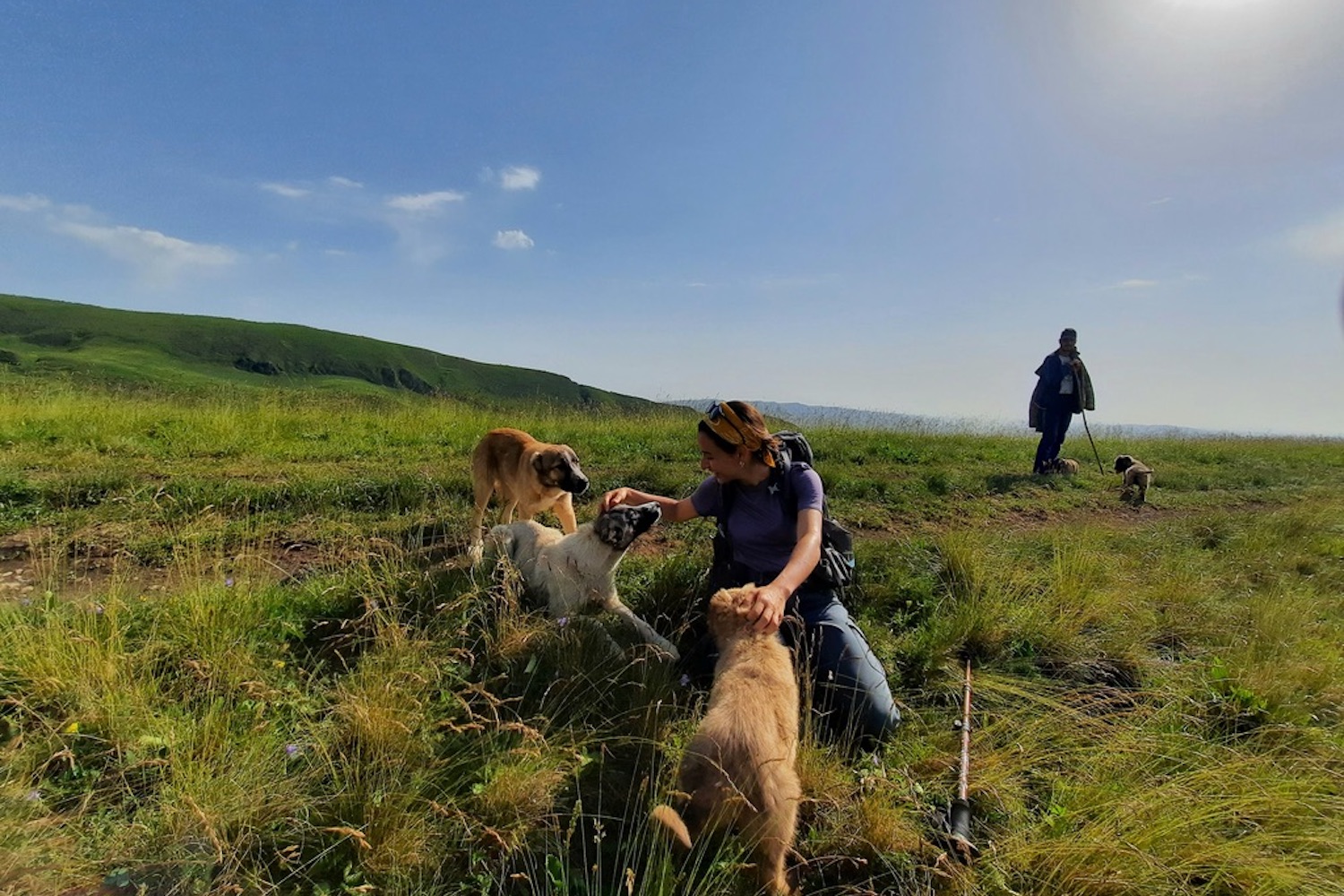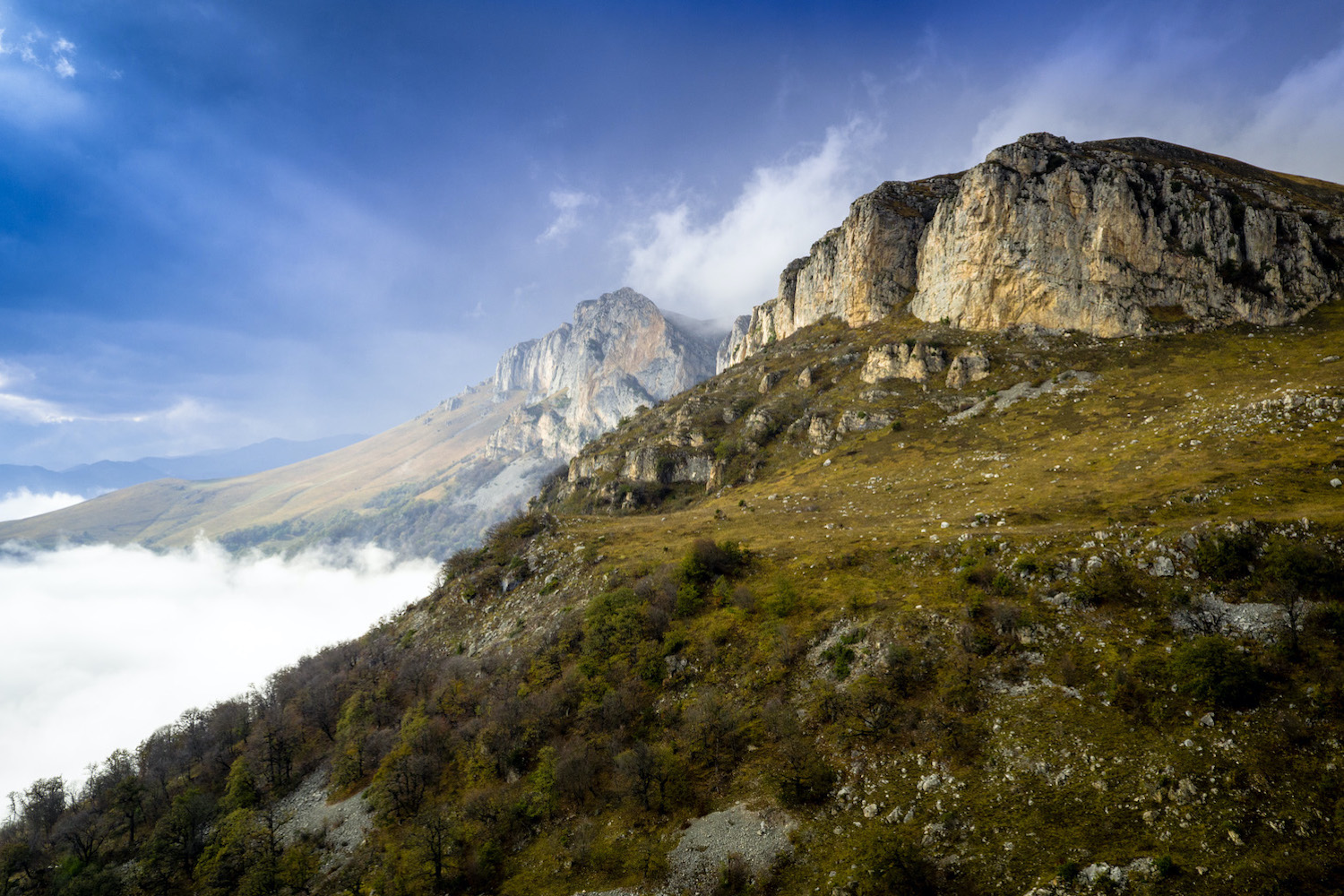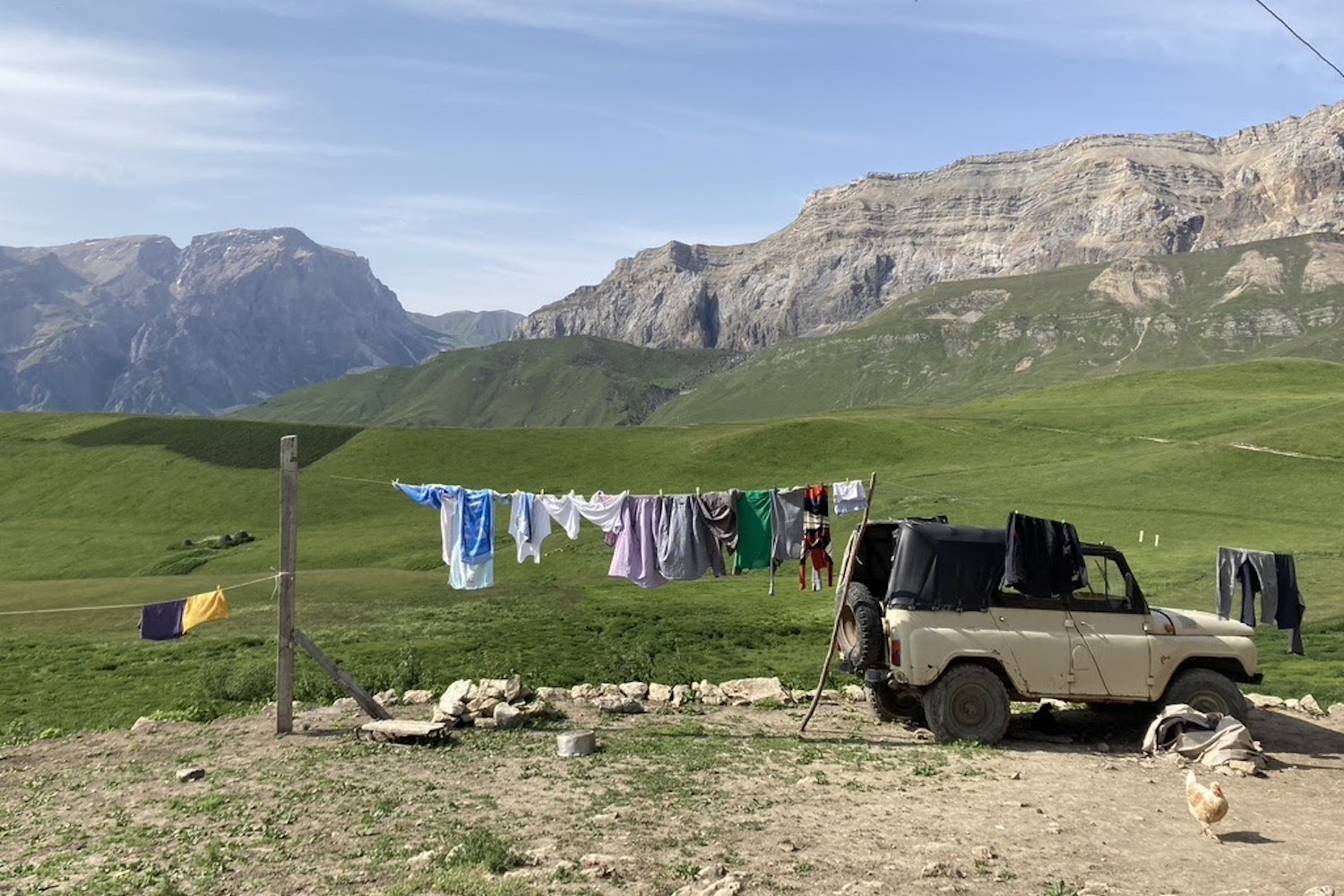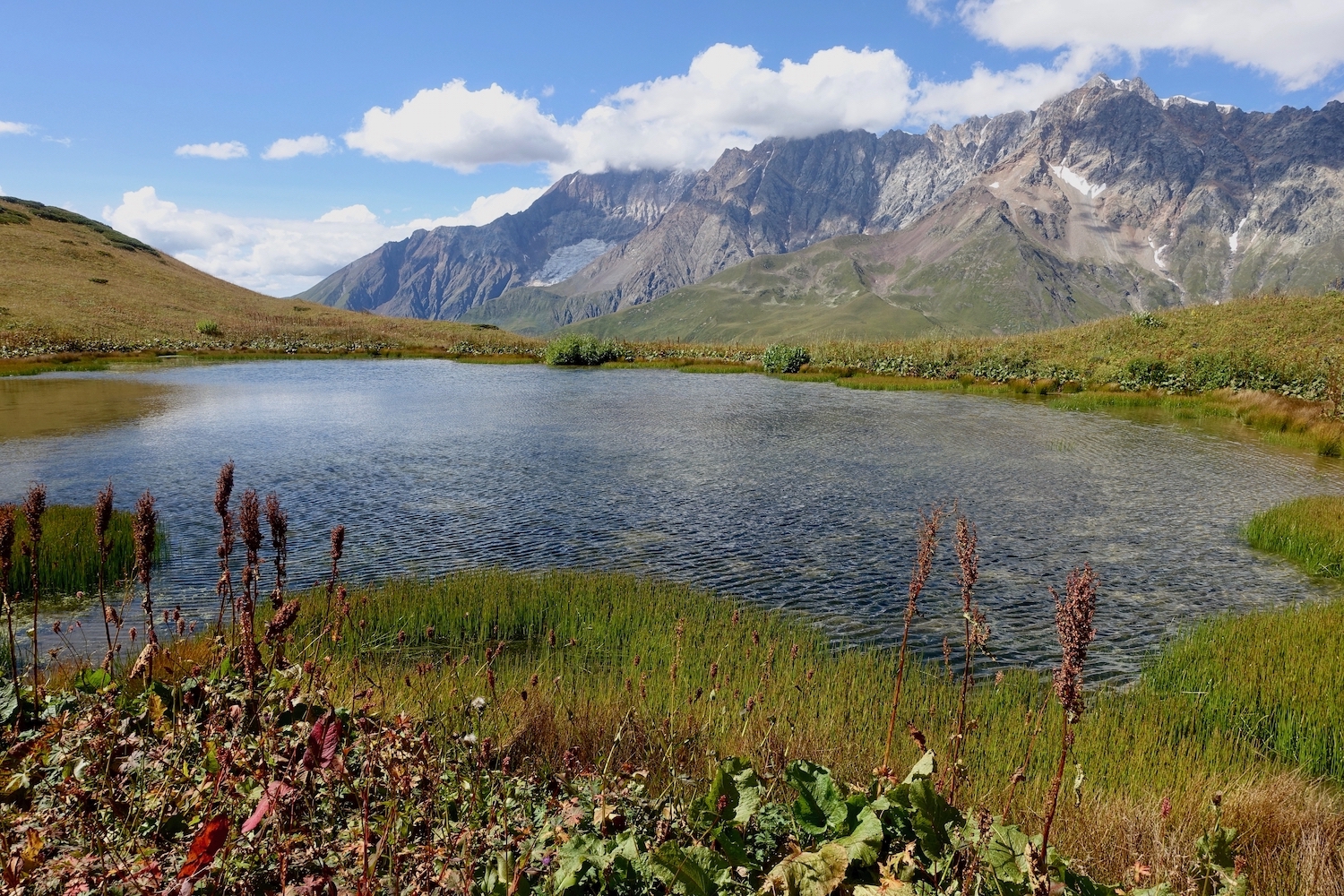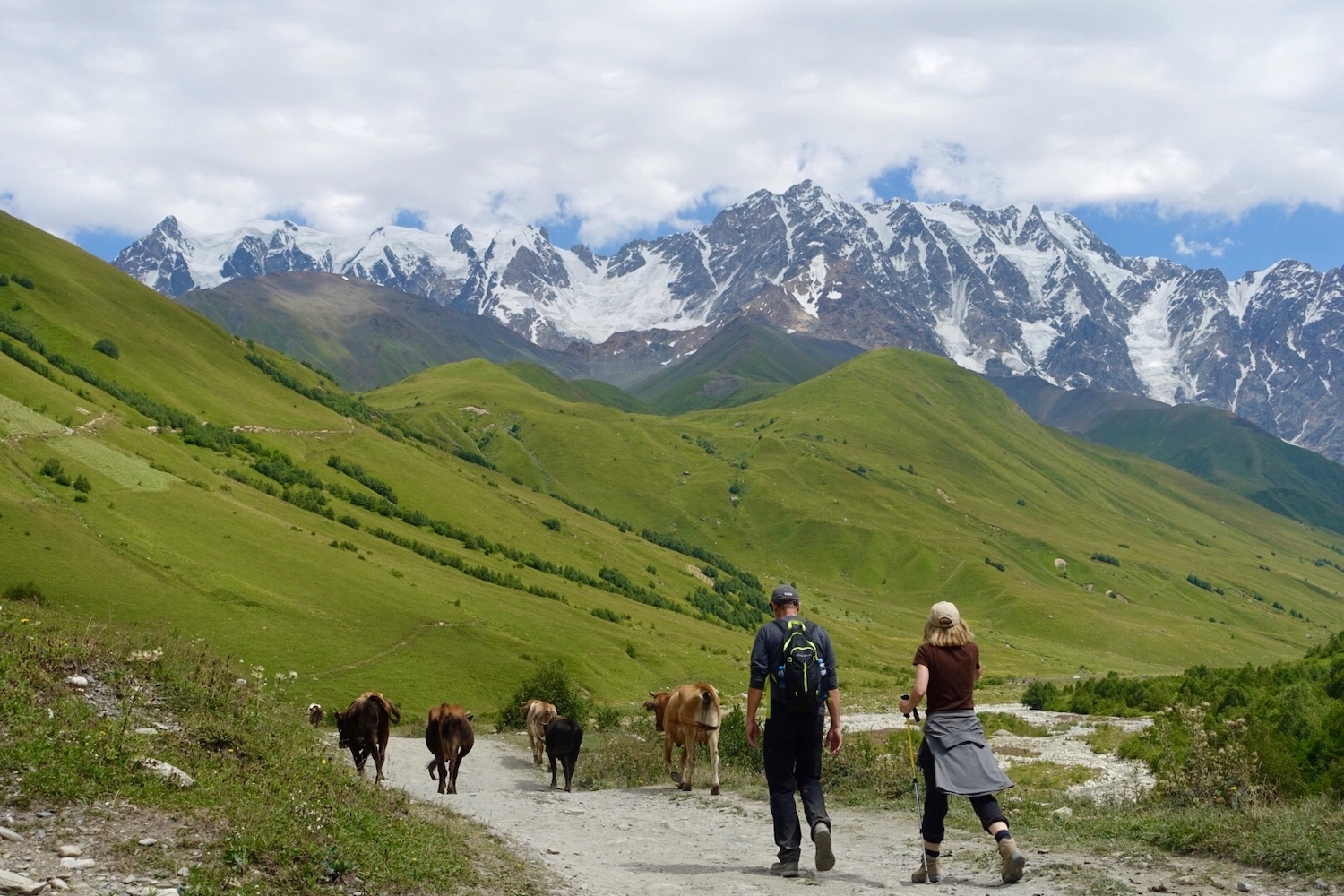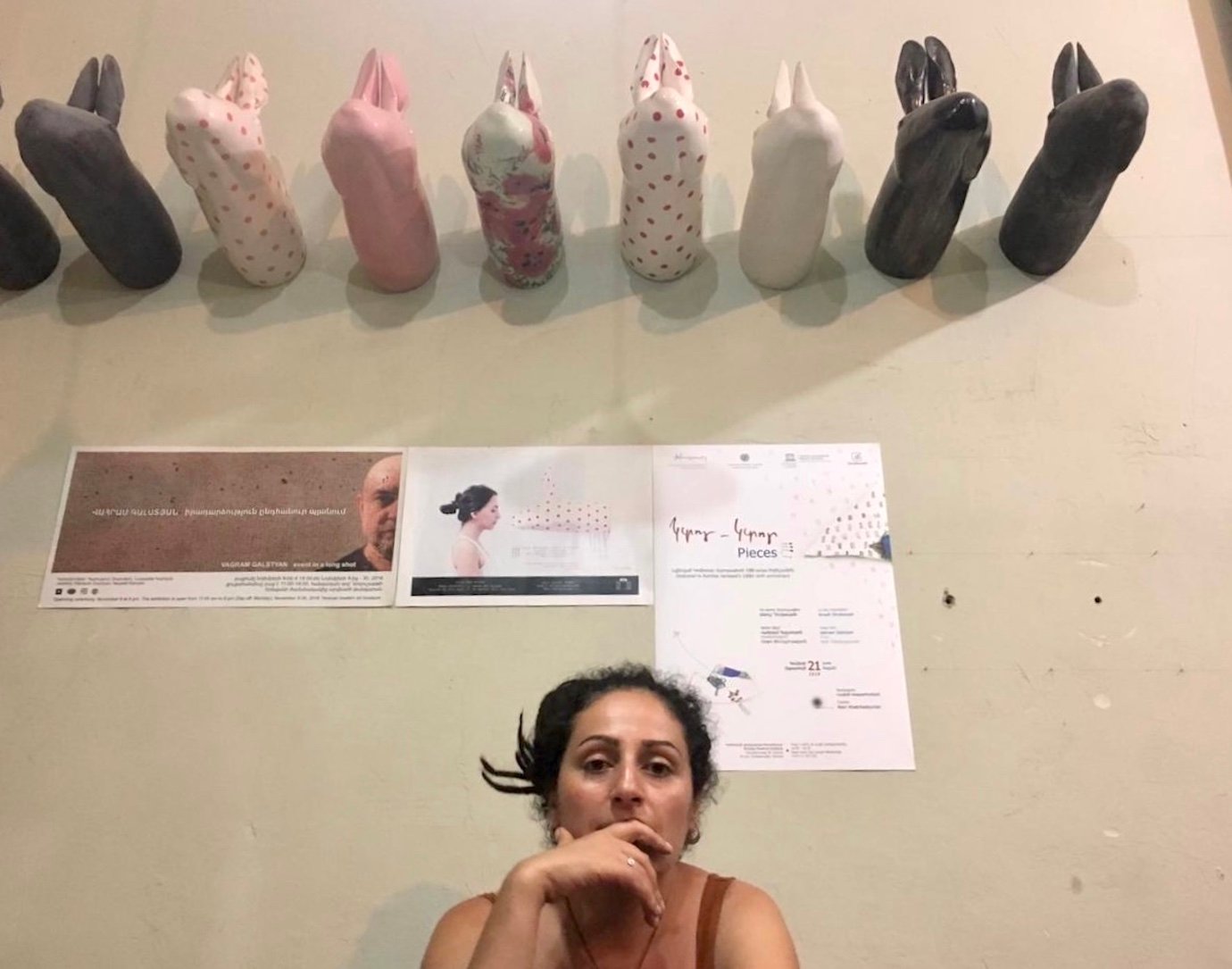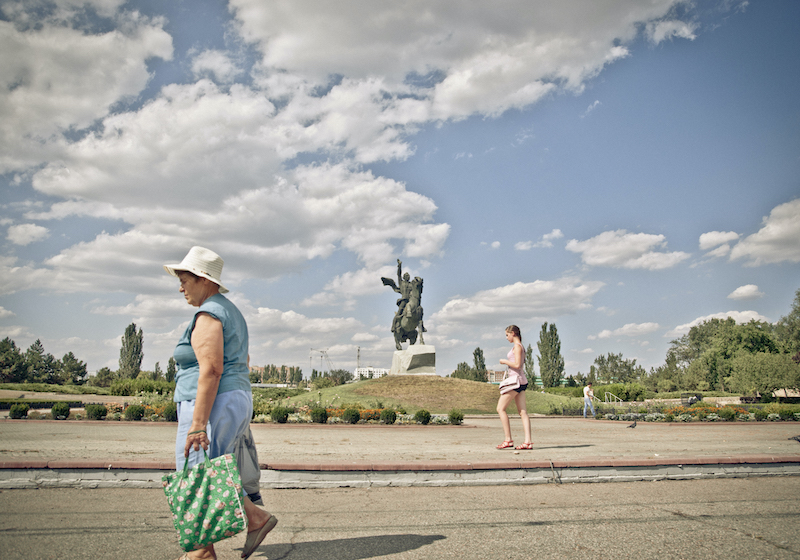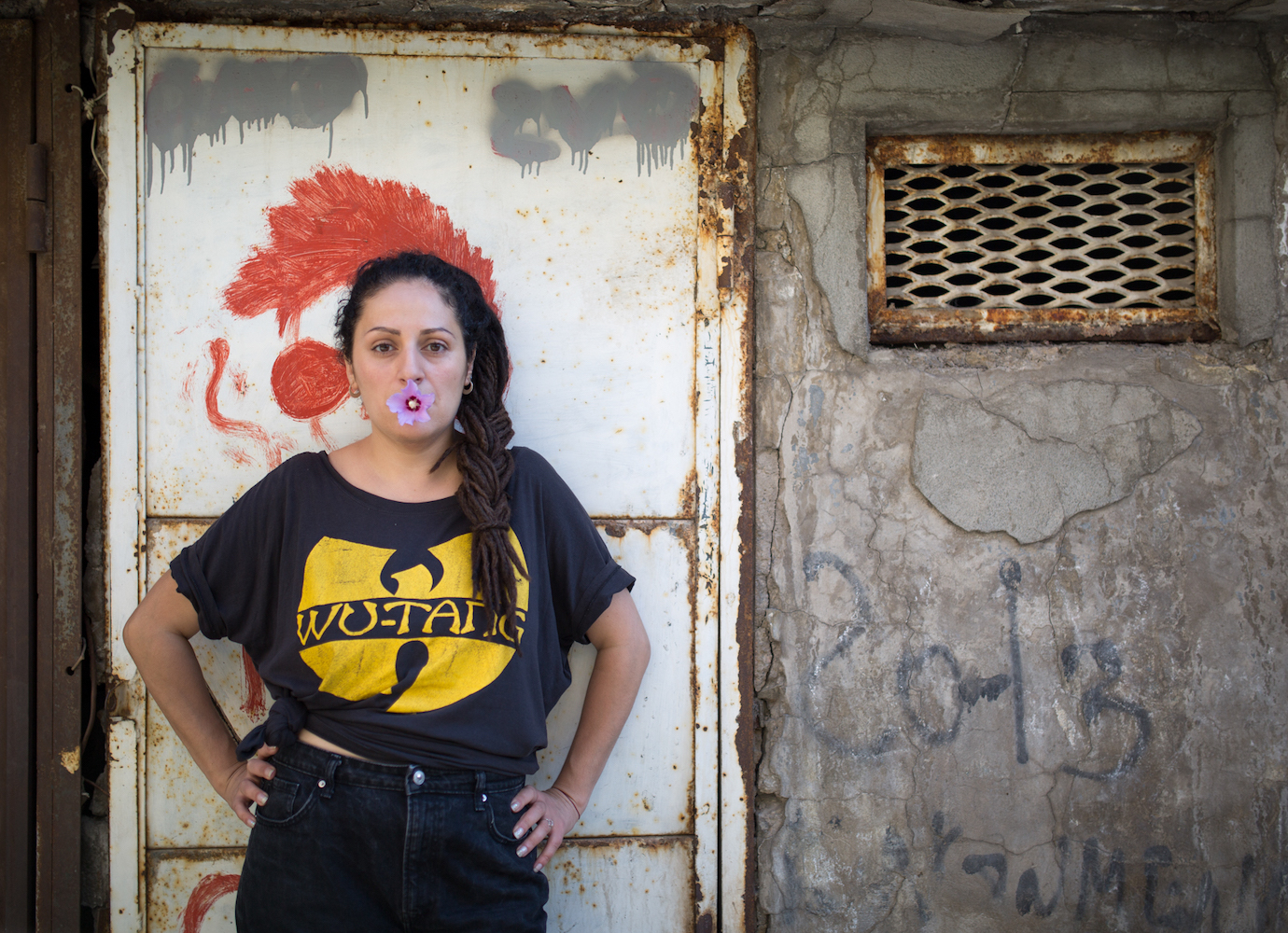Surmounting the politics of the Transcaucasian Trail
The Transcaucasian Trail is built on a simple premise. When completed, there will be two long-distance footpaths passing through some of the most spectacular scenery and diverse communities of the Southern Caucasus, from snow-clad peaks to arid valleys, high plains, and ancient forests.
First and foremost, the Transcaucasian Trail — or TCT as it is more commonly known — is seeking to open up Armenia, Georgia, and Azerbaijan to keen hikers, both local and foreign. But it also aspires to encourage regional development, boost struggling rural economies and foster sustainable tourism. And it aims to foster connections across an area of the world that is characterised by closed borders, “frozen conflicts”, political disputes, and occasional flare-ups of violence.
Currently, the most dangerous conflict in the Southern Caucasus is the one between Armenia and Azerbaijan over the mountainous exclave of Nagorno-Karabakh. When fresh fighting broke out in autumn 2020, the TCT was obliged to halt all of its work: at one point, it looked like all the employees in Armenia would even be mobilised and sent to the frontline. “It was a time when everything got put on hold and we understood that there were bigger things on the line,” says Meagan Neal, co-head of the Transcaucasian Trail Association, the TCT’s umbrella organisation. “Our staff had a lot to deal with. Projects were suspended and it wasn’t clear when we were going to be able to resume.”
Mountains along a hiking trail in Azerbaijan. Image courtesy of the Transcaucasian Trail Association
Some semblance of normality returned following a ceasefire in November 2020, and the TCT was able to tentatively re-start its work. But the 44-day war and its death toll of 6,500 was a warning about how quickly political or military developments can change the situation on the ground. The organisers of the TCT do not simply worry about whether a new border or a military conflict could require them to re-route the trail, or cut one of the paths in half. Rather, as in the case of the fighting in 2020, whether the increasingly bitter rhetoric could make it politically impossible to continue a project that includes all three South Caucasus nations.
Conceived in 2015 by American Paul Stephens and UK-citizen Tom Allen, the TCT’s two footpaths will both stretch roughly 1,500 kilometres. Neither goes near the region’s three major “frozen conflicts”— Abkhazia, South Ossetia, and Nagorno-Karabakh — and hikers will only need to cross one national border on each route. The footpath nearest completion runs north-south, starting at the Black Sea coast near the Georgian town of Anaklia before passing through the isolated mountainous region of Svaneti. Later, it turns south through central Georgia and Armenia, finishing in the town of Meghri on the Iranian border. The second path is a west-east route along much of the Greater Caucasus range, connecting the Black Sea and the Caspian Sea.
One way the TCT manages the politics of working in all three countries of the Southern Caucasus is to have separate TCT organisations in Georgia, Armenia, and Azerbaijan. Decentralisation means each local organisation has a slightly different approach. In Georgia and Armenia, the focus has been on building a grassroots operation led by a local NGO, with attempts to nurture a local hiking community and cooperate with other organisations and groups. Work in Azerbaijan only began in the summer of 2021, but it already looks like it will have more state involvement.
“I am looking forward to our cooperation [with the Armenia team] because there is a lot I can learn from them and their experiences, and a lot I can share with them,” says Nazrin Garibova, the TCT’s project manager in Azerbaijan, who was born in Baku and grew up in the United States. The TCT recently won funding from the Azerbaijani tourism board, and Garibova spent the summer scouting routes in the north of the country. “It’s shared mountains, it’s shared cultures: we’re all a lot more similar than we are different,” she says. “Obviously, there will be political nuances… but that’s not the point of this. We’re not politicians, we’re not making the calls on this, we’re here to make a trans-national project that will benefit everyone.”
The TCT is at a far more advanced stage in Armenia, where work has been underway for over five years. An 827-kilometre north-south route was launched in December. Organisers hope the first groups of walkers will soon be arriving to attempt the full trail, and that accompanying infrastructure — from guesthouses to more signage — will gradually expand.
Mountains along a hiking trail in Azerbaijan. Image courtesy of the Transcaucasian Trail Association
TCT co-founder Tom Allen did most of the route scouting for the Armenian section: using Google Earth, still-classified Soviet-era military maps, and by exploring an estimated 5,000 to 6,000 kilometres-worth of potential trails. The route he eventually settled on winds from the Araxes valley near the Iranian border to the grassy plains of Arpi National Park in the far north-east, stitching together Soviet jeep tracks, 1,000-year-old footpaths, and specially-built trails. Its most remote section goes over the Geghama Mountains, a lunar-like landscape of red pumice and boulder fields that is uninhabited apart from a few nomadic herders in the summer months.
The TCT in Armenia has been particularly successful in helping to encourage a local hiking community and promote trail-building as a tool for development. The TCT’s partners in the country include the NGO Trails for Change; map-makers Cartisan, which was set-up by former TCT volunteers; and HIKEArmenia, which promotes hiking via a popular app listing day hikes, guides, and accommodation options across the country.
“Now it’s trendy to go for hikes and to go out on trails in Armenia,” says Ashkhen Mesropyan, the officer manager for Trails for Change who first got involved in hiking when she volunteered for the TCT on a 2017 trail-building project. But local partners are also vulnerable to changes in the South Caucasus’ delicately-balanced political eco-system. The 2020 Armenia-Azerbaijan war meant Trails for Change was forced to stop working in Nagorno-Karabakh where they previously had several projects. Mesropyan herself is from the Nagorno-Karabakh town of Hadrut, which was taken by Azerbaijan during the fighting in 2020. For the time being, she can no longer return home.
Perhaps unsurprisingly, Mesropyan is less optimistic than some that the TCT can build trans-national ties and bring Armenians and Azerbaijanis together. “Because of the conflict, I don’t really believe that trails can make a difference in making connections,” she says. “Of course, the TCT makes changes, but they are changes within [individual] countries.”
A hiker pauses along a trail in Azerbaijan. Image courtesy of the Transcaucasian Trail Association
TCT’s co-founder Tom Allen, however, hopes that outsider perspectives such as his own will help ensure the success of such a trans-national project. “The TCT can only happen when the perspective is bigger than any one of these countries, or even bigger than the Caucasus itself,” he says.
In the meantime, there are many years of scouting, mapping, and trail-building to go before the TCT can fully unveil their two walking routes. Even then, there will still be work to do on maintenance and assisting local communities to take advantage of the stream of hikers passing their front doors. While the politics of the region will almost inevitably shift again in that time, TCT’s Neal believes there will always be a place for a footpath that can function as a corridor across the South Caucasus. “Of course, the war was horrible,” she says. “But it also forced a realisation that we need to be talking about different and more creative solutions, and that there needs to be dialogue.”
